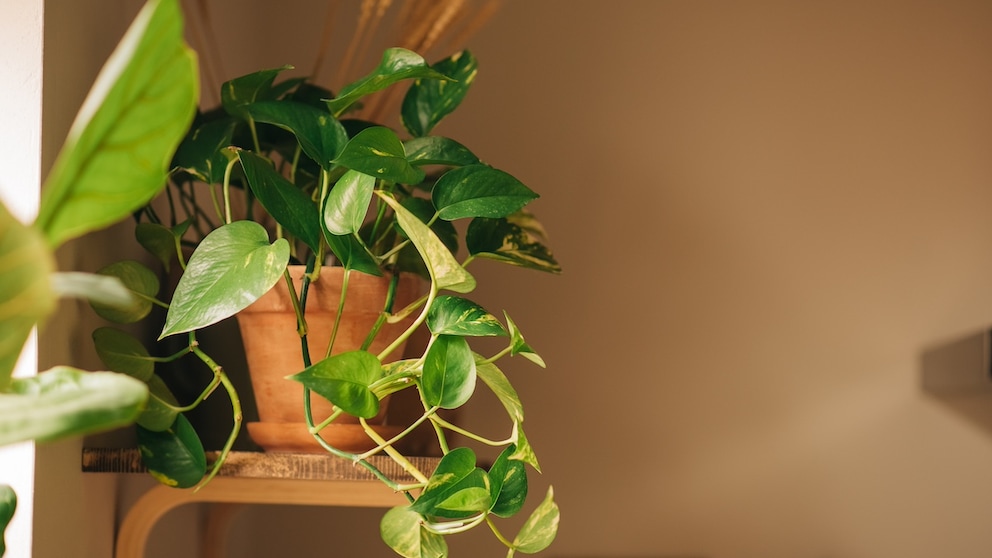April 24, 2025, 9:05 am | Read time: 4 minutes
Sometimes, there isn’t enough space for a sprawling monstera with large leaves. Occasionally, it’s just a small spot on the shelf that can accommodate another plant in the home. myHOMEBOOK introduces small houseplants that could find a home in such spaces.
Houseplants are always a good idea. They even help improve the indoor climate. Various types can filter the air. However, there isn’t always enough space for large plants. Sometimes it’s just a niche you want to fill. In such cases, houseplants that require little space are ideal. myHOMEBOOK presents 5 houseplants for small spaces.
1. Jade Plant (Crassula ovata)
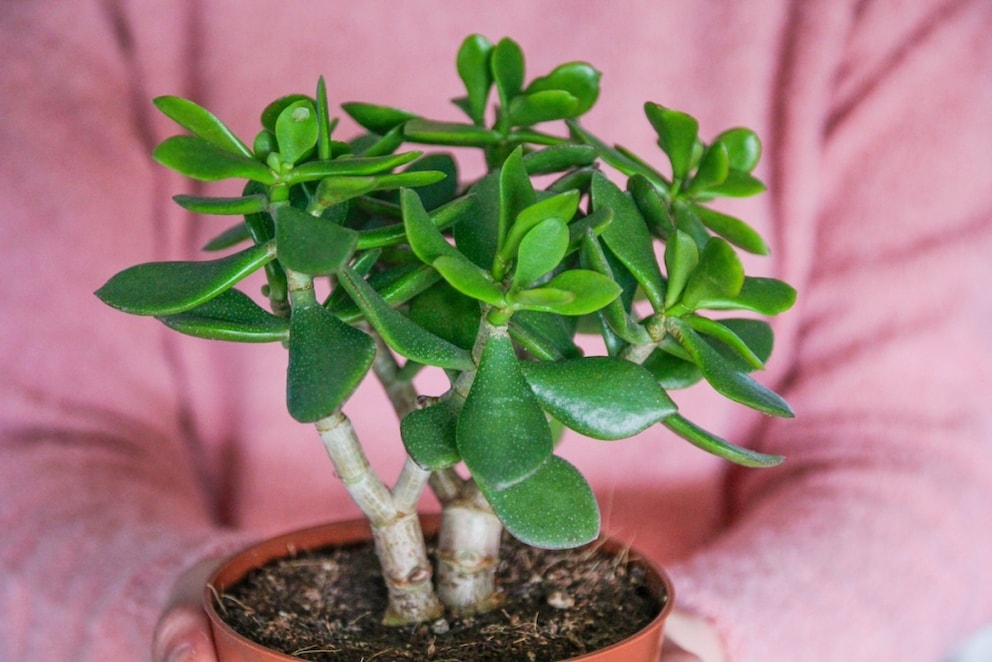
The Jade Plant has thick, fleshy leaves — a clear indication that it is a succulent. Like many succulent species, the size of the Jade Plant is quite manageable. The plant is ideal when space is limited. It’s important that it is sunny or at least partially shaded.
As a succulent, the plant needs to be watered sparingly. Hobby gardeners should only water when the top layer of soil is dry. During the growth phase in spring and summer, fertilize the Jade Plant about once a month with cactus and succulent fertilizer.
2. Snake Plant (Sansevieria)
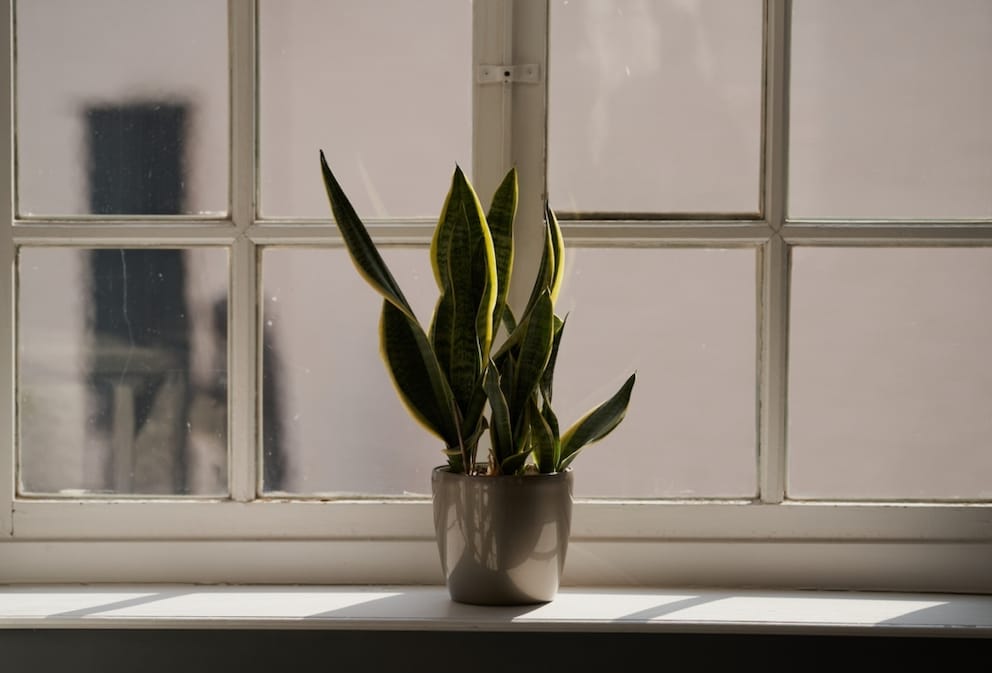
This houseplant not only takes up little space but is also quite robust and easy to care for. We’re talking about the Snake Plant. The plant is particularly suitable for bedrooms because it cleans the air. The Snake Plant removes pollutants from the air and produces oxygen, ensuring a pleasant sleep.
A common care mistake is overwatering the plant. The Snake Plant is a desert plant that requires little moisture. You should first check the top layers of soil with a finger test before watering the Snake Plant.
3. Elephant Bush (Portulacaria afra)
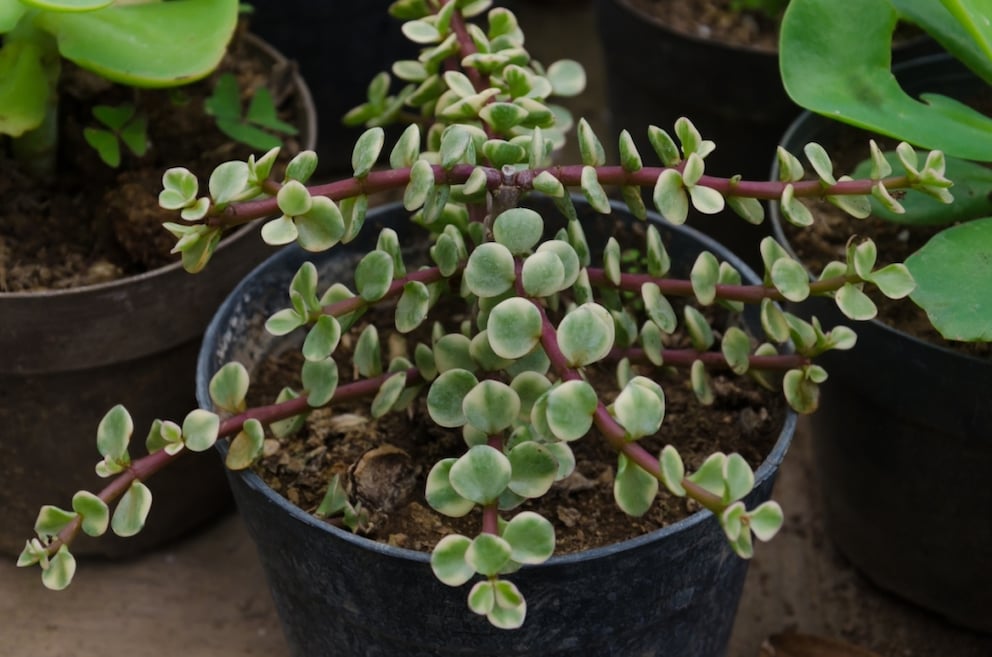
In its native South Africa, the Elephant Bush grows as a shrub and small tree. Here, it can only be kept as a small houseplant. However, if you’ve always wanted to grow a bonsai tree, this easy-care species is a good start.
An ideal location is sunny and warm. It’s crucial to avoid waterlogging, so water sparingly!
4. Old Man Cactus (Cephalocereus senilis)
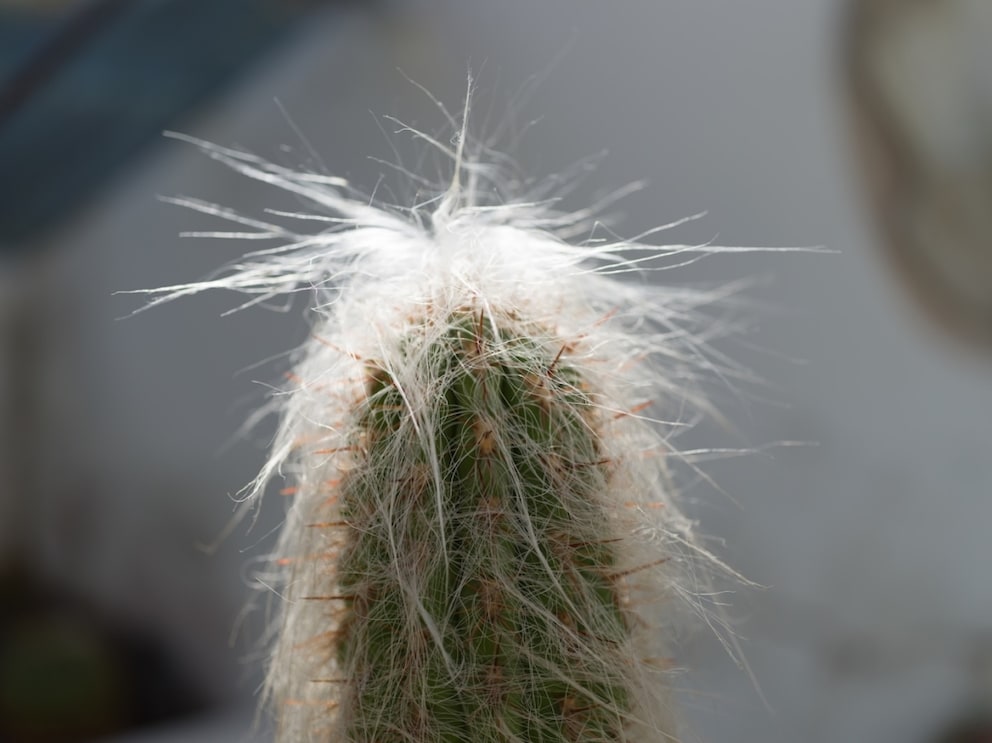
Even small plants can be eye-catching. The Old Man Cactus proves this. In its native habitat, it can reach up to 15 meters. However, houseplant enthusiasts need not worry: here, it doesn’t reach such an impressive size. The cactus with many white hairs grows to a maximum height of one meter. Noteworthy for this cactus species is its longevity. In its native Mexican deserts, the Old Man Cactus can live for several hundred years.
To enjoy the cactus for a long time at home, choose a bright and sunny spot. Although cacti are quite easy to care for, many people overwater their spiny companions. It’s better to water only when the soil is completely dry. For healthy growth with many hairs, fertilize the Old Man Cactus with lime-containing mineral fertilizer.

These Are the Garden Trends for 2025

Planting and Care Tips for the Spitting Palm as a Houseplant

Which Houseplants Can Be Fertilized with Coffee Grounds
5. Chinese Money Plant (Pilea peperomioides)
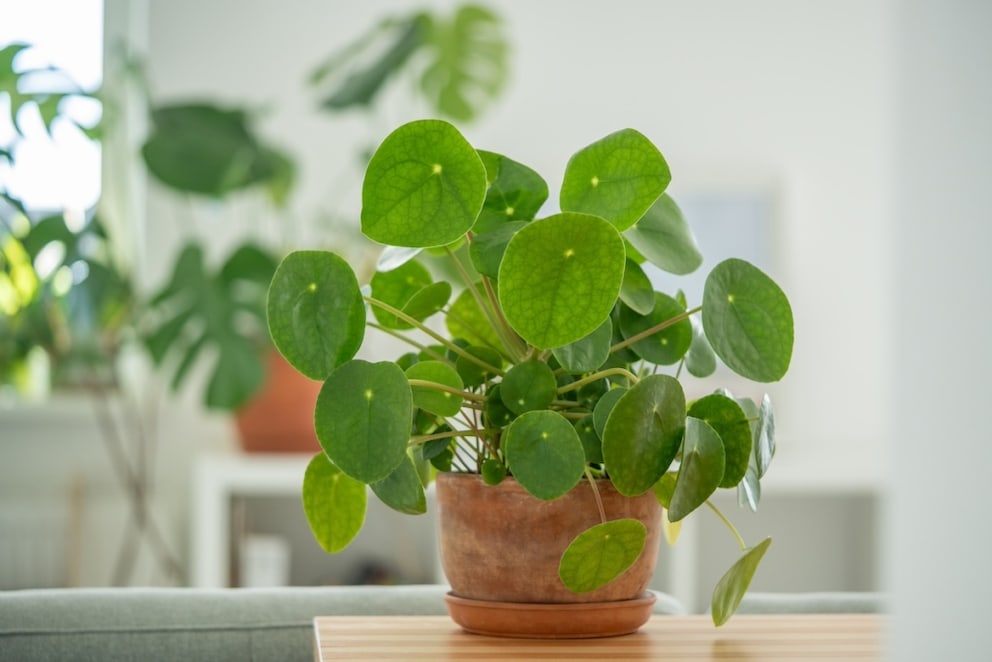
The Chinese Money Plant makes quite an impression with its oddly shaped leaves — even though it requires little space. It’s ideal if you don’t yet have a green thumb, as it is very easy to care for.
The UFO Plant, as it is also called, likes a bright spot without direct sunlight. It should be watered about once a week. The rule here is less is more. The Chinese Money Plant is prone to root rot, which manifests as brown spots on the leaves.

